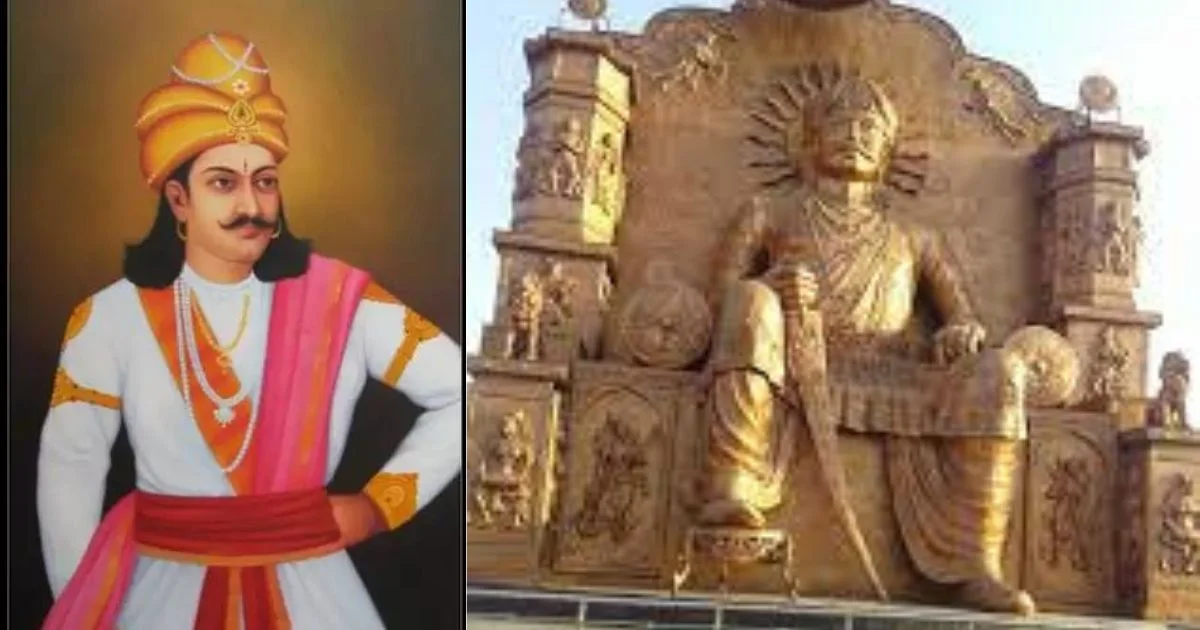In the vast and intricate tapestry of Indian history, one thread that weaves through time is the Vikram Samvat. This traditional Hindu calendar has a rich history and cultural significance that extends far beyond its calendrical function. In this article, we will delve into the origins, significance, and intricacies of Vikram Samvat, exploring its role in shaping the cultural and religious landscape of India.
Exploring Vikram Samvat:
Vikram Samvat, often abbreviated as VS, is a traditional Hindu lunar calendar system. It is named after the legendary king Vikramaditya, known for his valor and wisdom. According to popular belief, the Vikram Samvat started in 57 BCE to commemorate King Vikramaditya’s victory over the Sakas. The Vikram Samvat calendar is widely used in North India, particularly in Gujarat, Rajasthan, and some parts of Maharashtra.
The calendar is lunisolar, meaning it takes into account both lunar and solar movements. It consists of 12 lunar months, each with 29 or 30 days, and is adjusted with the solar year to keep it in sync with the seasons. This synchronization is achieved through the addition of an extra month in the calendar every few years.
Significance of Vikram Samvat:
Beyond its chronological function, This calendar holds immense cultural and religious significance. Many festivals and events in the Hindu calendar are determined by the phases of the moon, and it plays a crucial role in this regard. It is used to calculate the dates of festivals such as Diwali, Holi, and Navratri.
Moreover, This calendar serves as a cultural marker, connecting generations and preserving the heritage of the Indian subcontinent. Its association with the legendary King Vikramaditya adds a touch of historical charm to its existence, making it more than just a tool for measuring time.

Understanding the Calendar System:
The Vikram Samvat calendar follows a cyclical pattern, with each 60-year cycle divided into two parts – each containing 30 years. These 30-year cycles are named after two of the seven traditional planets: Shukla (bright) and Krishna (dark). Each of these cycles is further divided into five sub-cycles of 12 years, each named after a different animal from the Hindu zodiac.
For example, a person born in the year 2023 would belong to the Shukla Paksha of the Plava year in the Pramadi sub-cycle. This detailed categorization adds a layer of complexity to this calendar but also enhances its cultural and astrological significance.
Engaging with Vikram Samvat:
To truly appreciate this calendar, it’s essential to understand how it intertwines with daily life in India. From fixing auspicious wedding dates to planning religious ceremonies, the calendar plays a pivotal role. Families often consult priests or astrologers to determine the most favorable times for significant events based on the this calendar.
Also Read : Dhanteras 2023 Date And Time, Muhurat, Puja Vidhi And Amazing Wishes
FAQ:
What is the origin of Vikram Samvat?
Vikram Samvat is believed to have originated in 57 BCE to commemorate King Vikramaditya’s victory over the Sakas.
How is Vikram Samvat different from the Gregorian calendar?
While the Gregorian calendar is solar, Vikram Samvat is lunisolar, incorporating both lunar and solar movements.
Which regions predominantly use Vikram Samvat?
Vikram Samvat is widely used in North India, particularly in Gujarat, Rajasthan, and some parts of Maharashtra.
How does Vikram Samvat influence daily life?
The calendar is consulted for determining auspicious timings for weddings, religious ceremonies, and other significant events.
Is Vikram Samvat only a calendrical system?
No, This is not just a calendar; it holds cultural and religious significance, influencing festivals and connecting generations.
Conclusion:
Vikram Samvat, with its roots deeply embedded in history and culture, stands as a testament to India’s rich heritage. Beyond its role as a timekeeping system, it connects generations, influences religious practices, and adds a unique flavor to the cultural mosaic of the subcontinent. As we journey through time, this calendar remains a constant, a thread that binds the past, present, and future of India.
Hope you love our article !!
